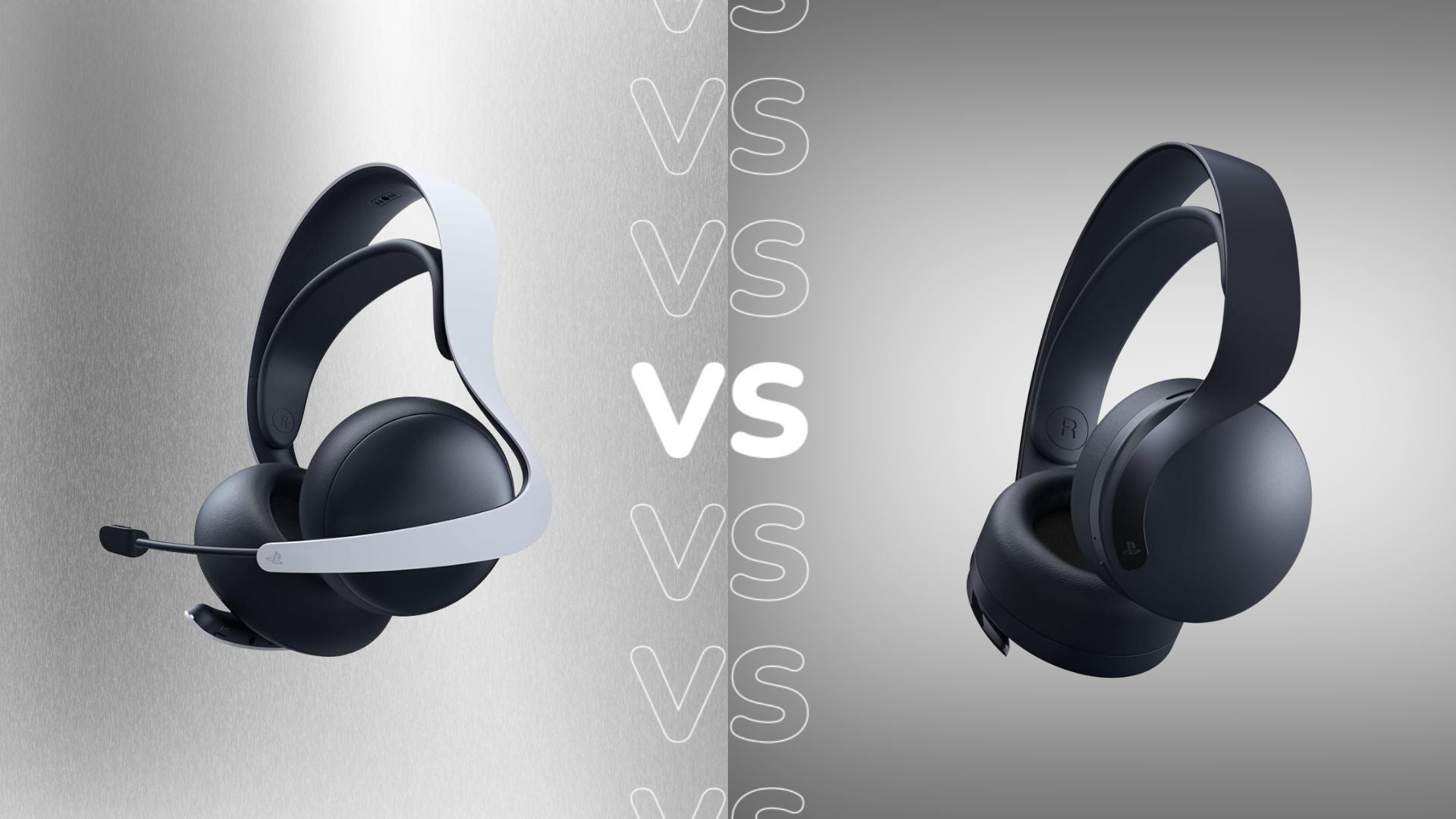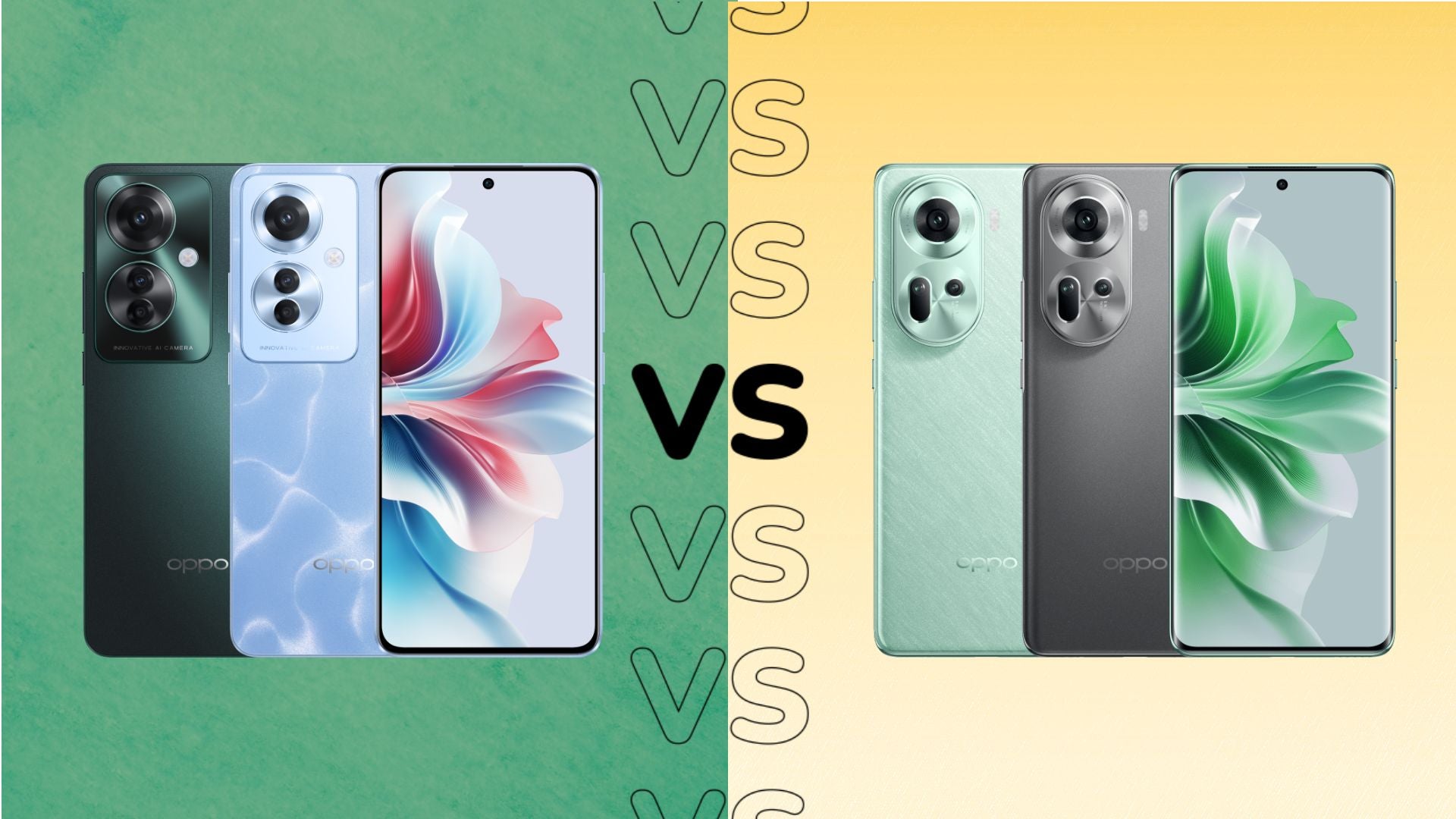TicWatch Pro 5 vs Pixel Watch: The top four things to know
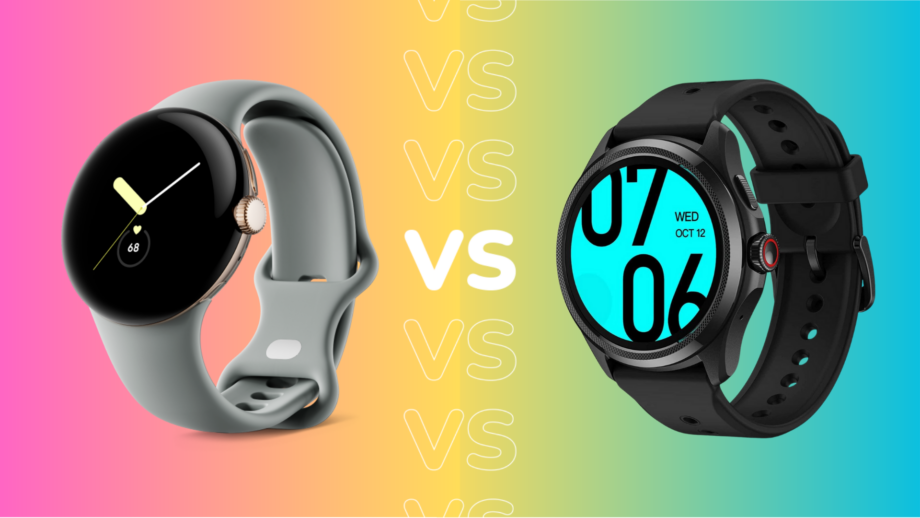
Mobvoi has just unveiled the new TicWatch Pro 5, and if you want to know how it weighs up against the Google Pixel Watch then keep reading on.
Now that Wear OS 3 has a solid foundation with the Samsung Galaxy Watch 5 and the Pixel Watch, we’re starting to see more third-party wearables appear on the scene with their own interpretation of the highly improved software.
Mobvoi is the latest company to ride this momentum, with its first flagship wearable since 2021’s TicWatch Pro 3 Ultra. This new and improved wearable, which has decided to skip over the number four and name itself the TicWatch Pro 5, could end up being a huge contender in the world of Wear OS smartwatches.
Of course, with the last big-name wearable in this space being the Pixel Watch, you might be wondering how these two devices stack up against one another. With that in mind, we’ve run through the top four things you need to know when weighing up these wearables.
They both have Wear OS 3
For the longest time, TicWatch users have had to make do with using Wear OS 2, which has long been lampooned for being a largely stagnant system. Waning developer support certainly didn’t help things, and made the TicWatch Pro 3 Ultra very difficult to recommend when you could get the full Wear OS 3 experience elsewhere.
Luckily, this is no longer an issue as the TicWatch Pro 5 features Wear OS 3 right out of the gate. This new and improved operating system not only runs a lot smoother than before, but it also improves the UI to feel far more in line with the type of seamless experience you can get with the Apple Watch 8.
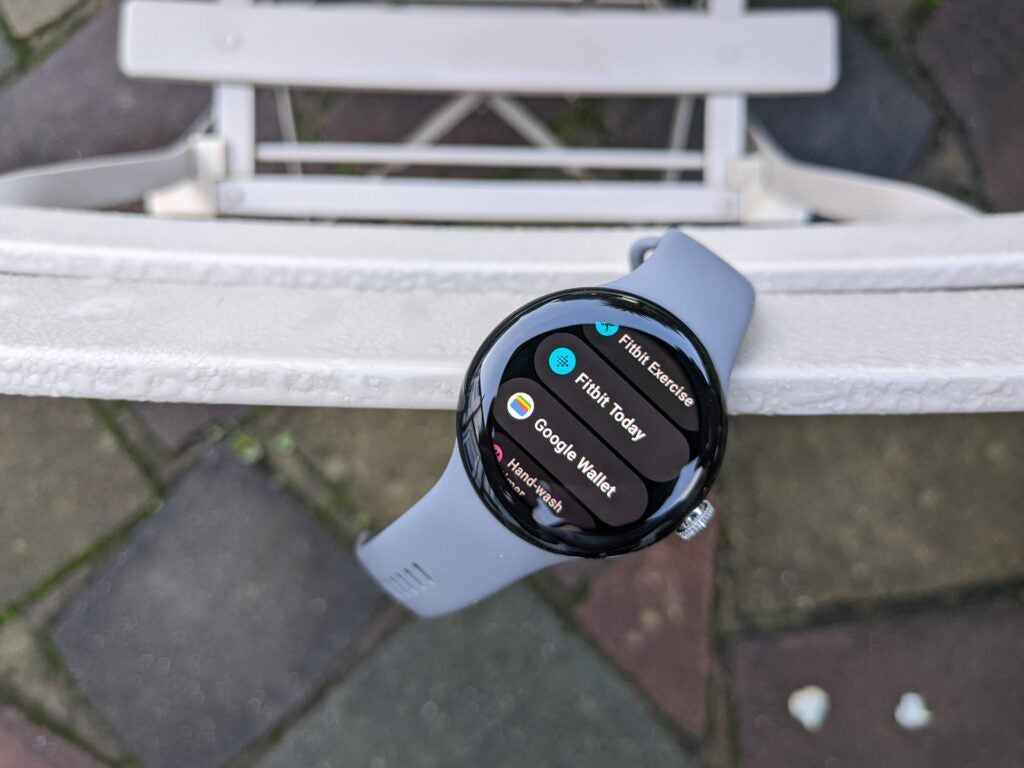
Both smartwatches have very different chipsets
Under the hood, the Pixel Watch uses the Samsung Exynos 9110 chipset alongside a Cortex M33 co-processor to keep the battery going for longer. When put to the test, we found that the Pixel Watch had no noticeable issues with performance, showing Wear OS 3 at its very best.
By comparison, the TicWatch Pro 5 is the first watch around to utilise the Snapdragon W5+ Gen 1 processor. Despite being announced way back in July of last year, it’s taken a long time for the W5 to make it to market, and because of Snapdragon’s prominence, it’s likely to become the industry standard for most Wear OS watches going forward.
The TicWatch features a second screen
Like the other TicWatch Pros before it, the TicWatch Pro 5 features a secondary FSTN display that sits just above the main AMOLED screen. This allows the Pro 5 to show core information like the time, your step count, heart rate and more, in a low-power Casio-style design to alleviate the need to wake up the main display each and every time you raise your wrist.
It’s a killer feature that no other watch (outside of TicWatch’s range) can boast, and it’s just the type of thing that would help the Pixel Watch, which continues to suffer from notable battery issues since launch.
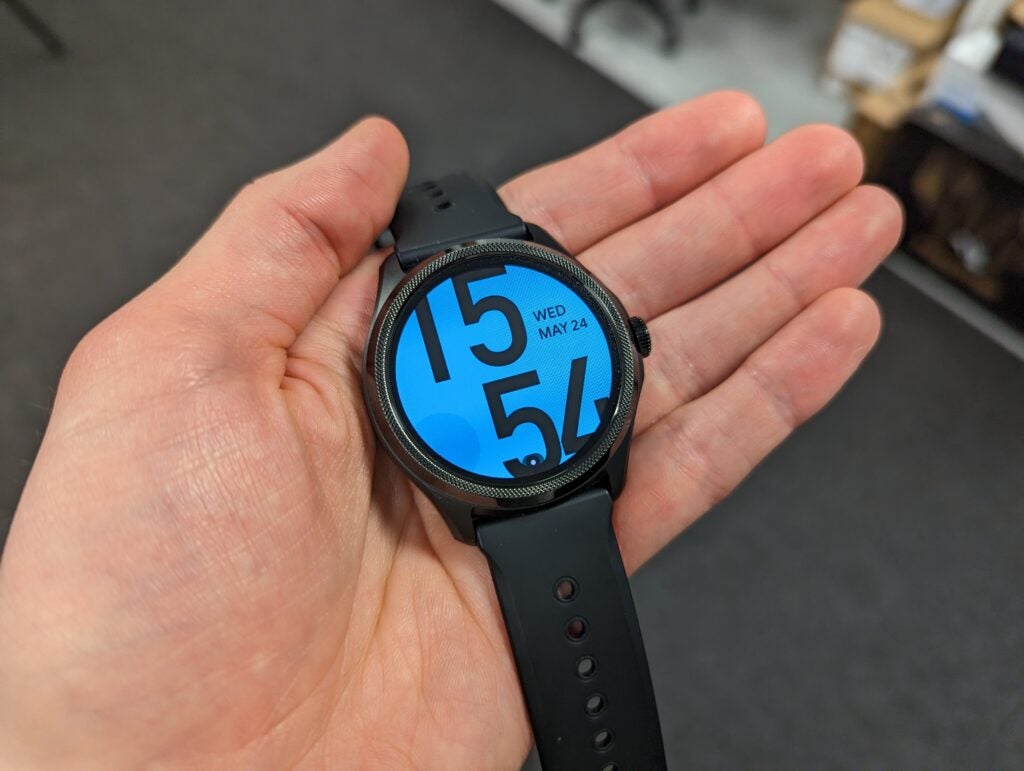
The TicWatch Pro 5 is cheaper
One of the key factors when deciding which product to buy, across any category, will always be the price. In that regard, the TicWatch Pro 5 has the Pixel Watch beat with an RRP of £329.99, while the Pixel Watch starts at £339.
It’s not a massive difference in price, but for anyone on a tight budget, that discrepancy could be the deciding factor, although it is worth pointing out that the Pixel Watch has seen several price cuts since launch and can regularly be found around the $350/£279 mark.



